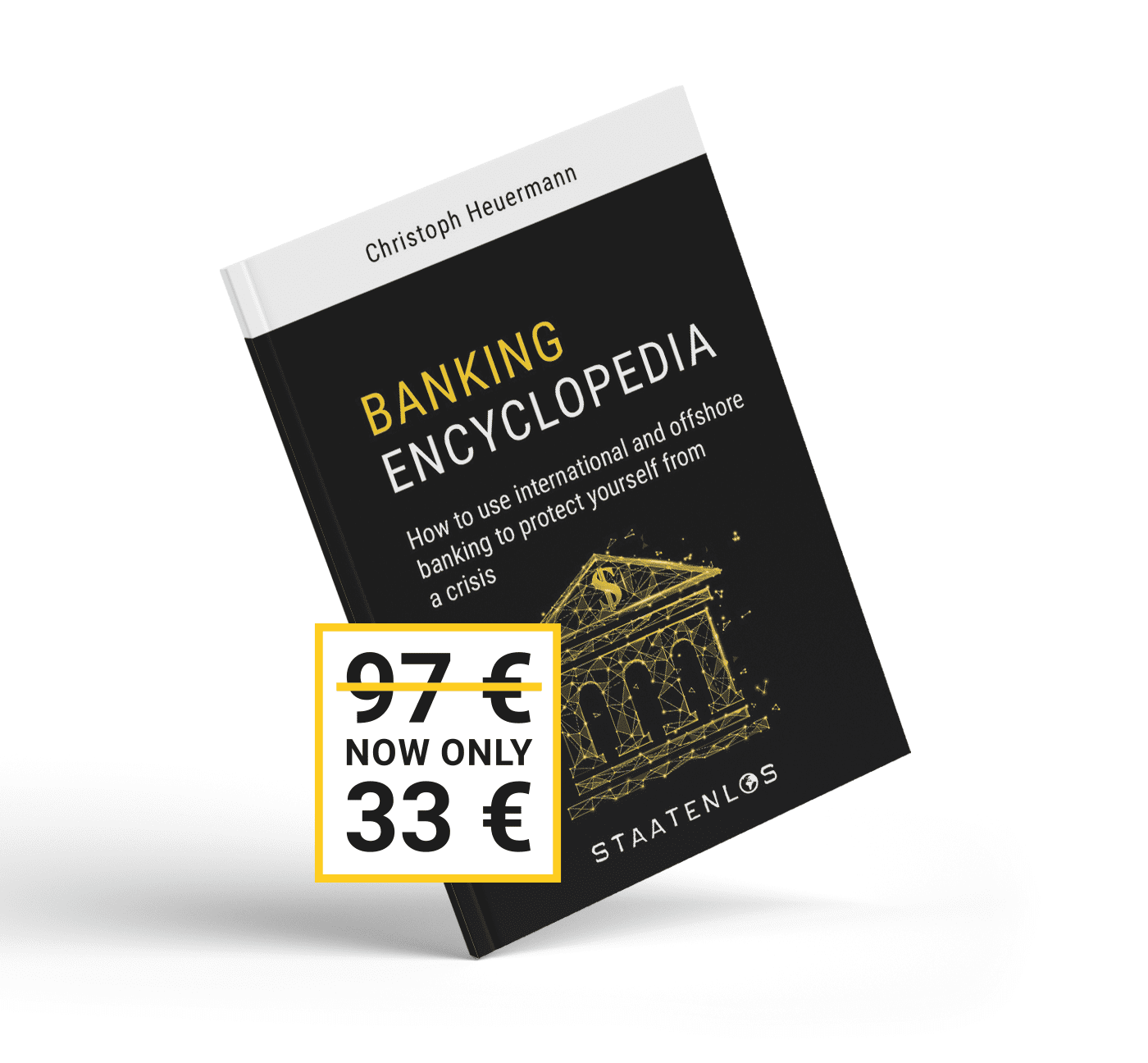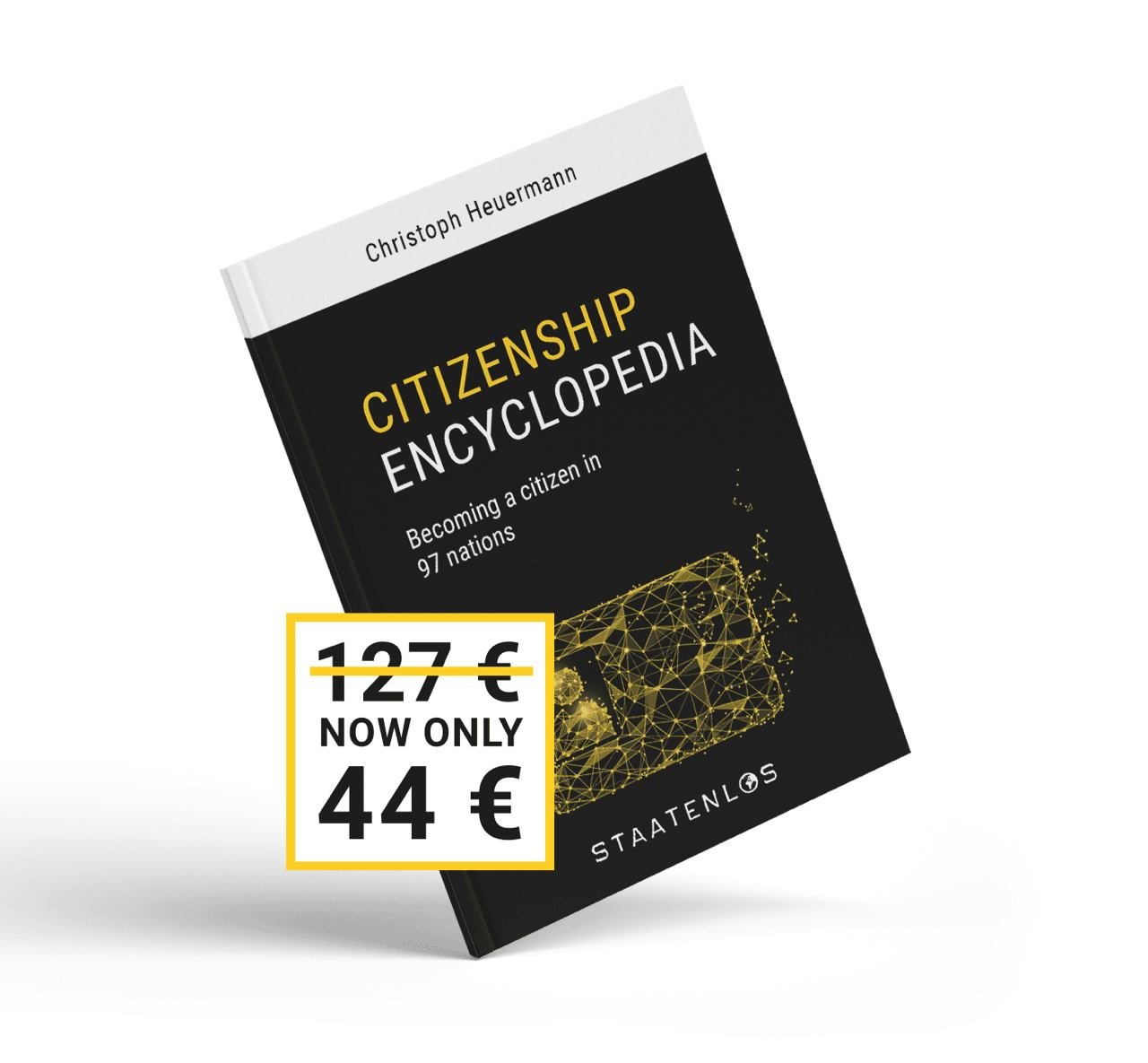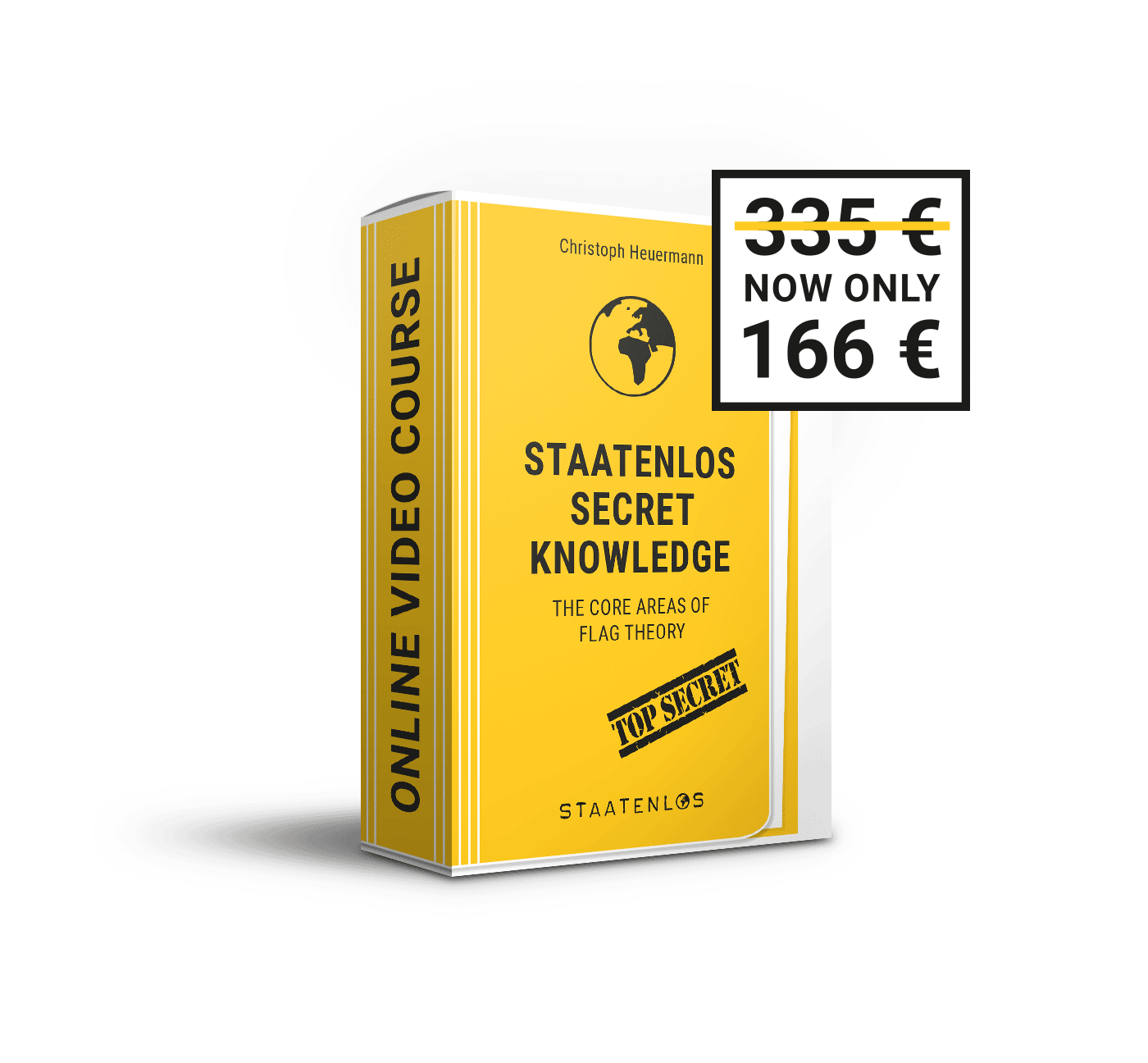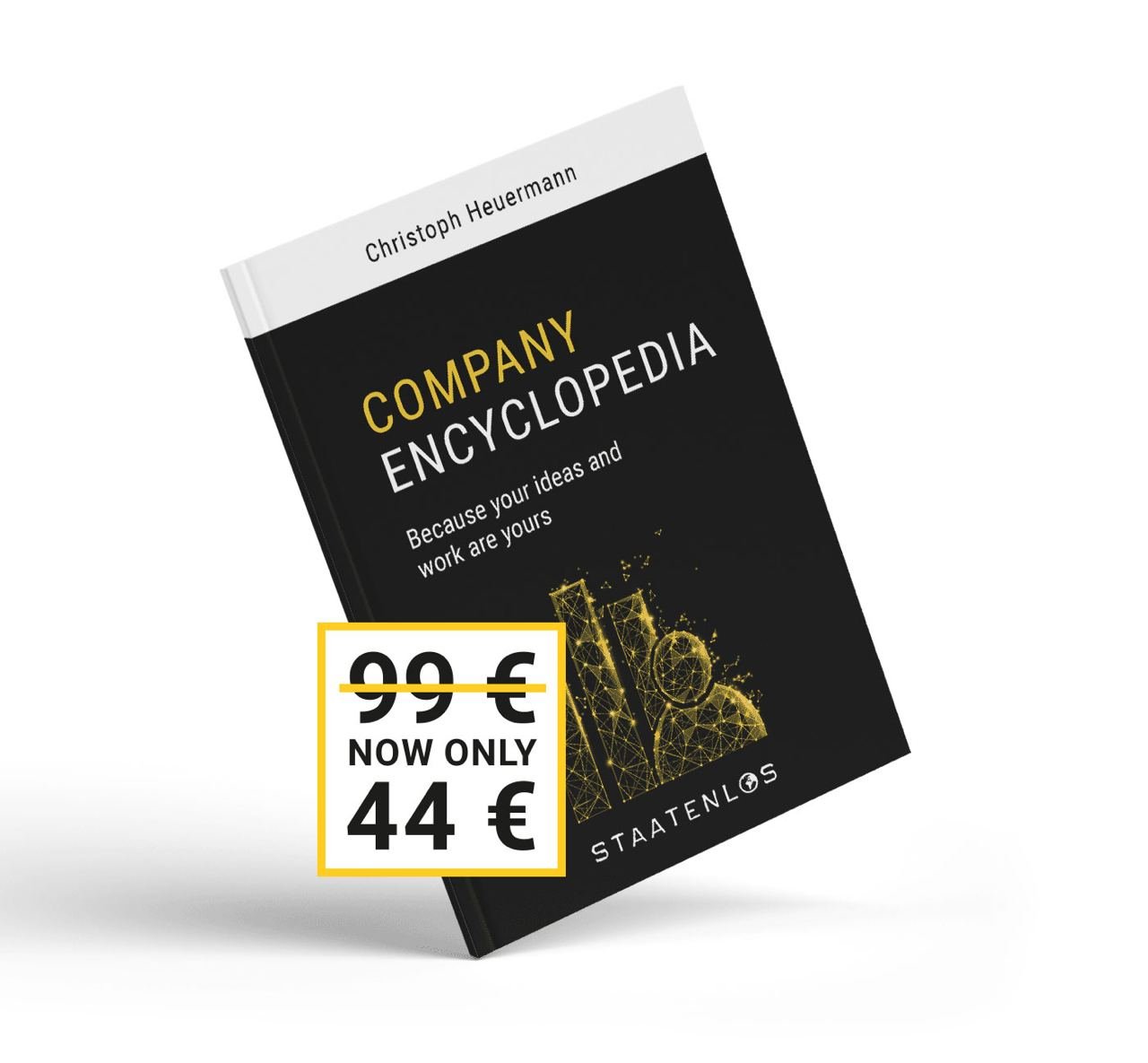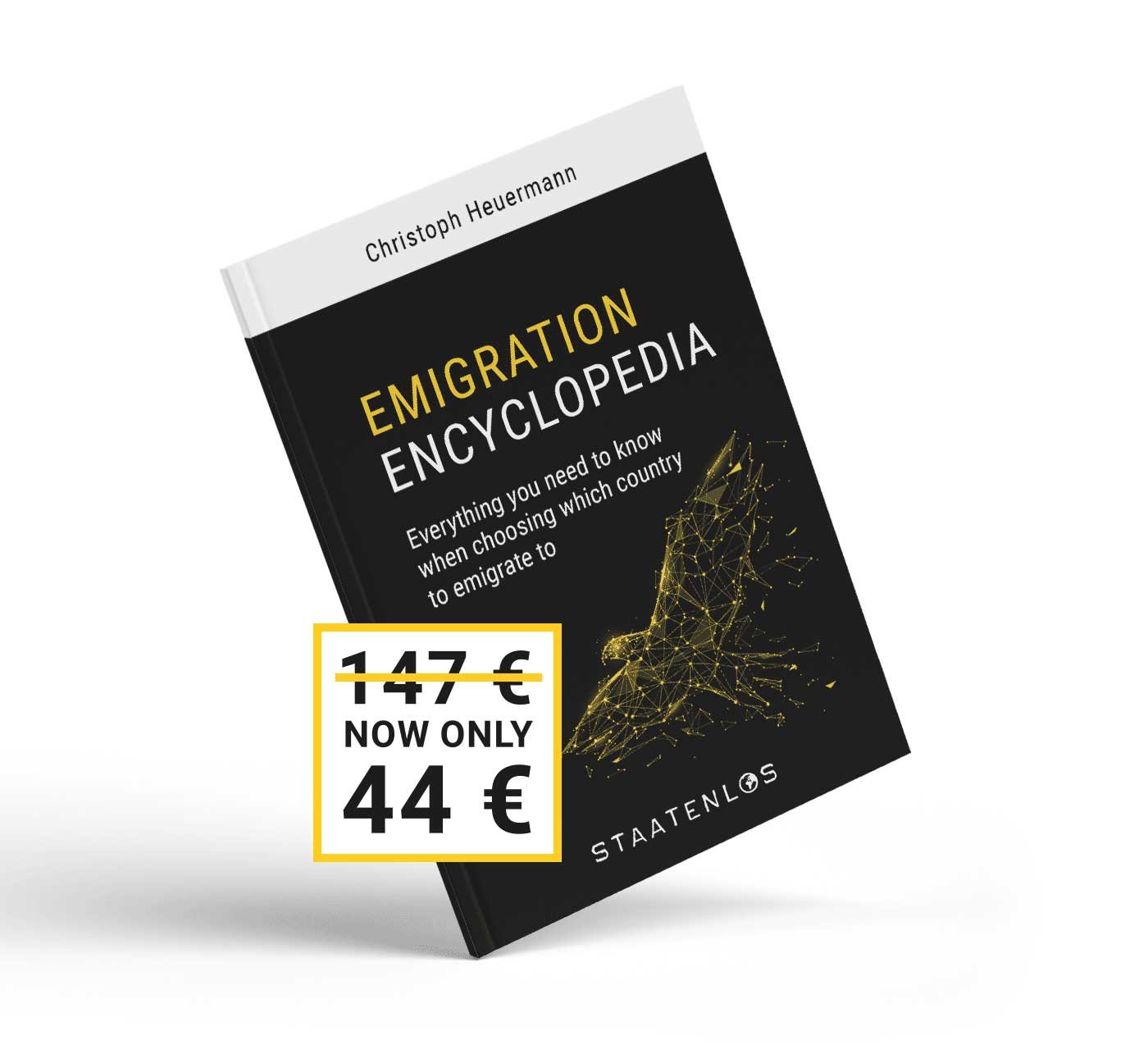I hate paying taxes, it annoys me that I spend half the year working for the State, as well as having to send them all this information, so that they can better control me.
What if residency in the Philippines was the solution to all your problems?
There are increasingly more people deciding to leave their home country in search of better opportunities. Taxes don´t stop increasing, control becomes increasingly heavy and the profit motive either through fines, increases in electricity, gas, charges, surcharges and so on, becomes increasingly difficult to manage.
Therefore, for some the choice of emigrating is a difficult decision, but as time goes on it emerges in their mind with greater and greater clarity. Now, where are you going?
If you have to leave your home country and leave your friends, family and everything you know behind, at least it´s for the best, it should be to a country that we like and that allows us to live the way we want.
Luckily, there are many countries that are worth going to, where there are still opportunities and where you´re not forced to pay more than half of what you earn in taxes.
We´ve already discussed several of these countries in our blog and our subscribers already know them very well, especially those who have bought our Encyclopedia for Emigrants. America is of course a great option, not only from a tax point of view, the people, climate and nature are also extraordinary. But we can´t forget that there are also other continents, including Asia.
Obtaining a permanent residence permit in Asia is often very difficult and expensive (we recently discussed this in the case of Thailand), as well as requiring a lot of time and effort. But even if you can remain in the country legally, income obtained abroad must be taxed, and there are also other regulations that we may find overwhelming. Therefore, Tax Free Today wants to present to you what we think is the best country in Asia to emigrate to long-term.
Residency in the Philippines has several advantages, including the fact that foreign income is tax-free and that it’s relatively easy to obtain permanent residence there.
Whoever has obtained permanent residence will be able to settle down in the Philippines permanently and will be able to enter and leave the country as many times as they want. This way you avoid having to go to the Immigration Office every two months to extend your visa, saving the related expenses. Moreover, you can enter private goods free of customs duties for a value of 7,000 USD.
Further advantages of the permanent residence permit in the Philippines:
- English as an official language
- Highest catholic population in Asia
- High level of security (under the authority of the island)
- Cheap standard of life
- Highly skilled and inexpensive labour
- Friendly community
- Liberal regulation on weapons possession/non-compulsory schooling
- Tax-free foreign income
The only disadvantage is that to be able to sign up to the programme that we´re going to talk to you about, you must be at least 35 years old or married to someone from the country.
Philippines, the country of 7107 islands
Our destination today is the Philippine Islands, an archipelago that has 7107 islands. Undoubtedly, it´ll take a while to visit them all. In any case, I don´t think you would get easily bored there.
The Philippines is an isolated case in Asia. They started being colonized by Spain and then they were under the USA´s control. Spanish is no longer widely spoken, but English is spoken fluently and is the counties official language, which is a great advantage for foreigners and for those who want to purchase or subcontract services there.
There isn´t a lot of cultural differences between us either. It’s not an Islamic, Buddhist or Hindu country, unlike its neighbours; approximately 80% of the inhabitants of the Philippines are Catholics, as a result of their Spanish past.
Different separatist Islamic groups have been fighting for their independence for several years now, but at the moment, this doesn´t seem to pose as a danger for foreigners. It´s true that there have been terrorist attacks in the past, like in the case of Manila, but the reality is that in the majority of the islands where tourists go, they live very peaceful lives. Davao City, on Mindanao Island is classed as the 4th safest place in the world.
The Philippines is considered as a developing country and it can´t be said that it’s a very rich country either, something that you can certainly notice in the places low prices. As a foreigner who has his sources of income outside the country, this is undoubtedly a great advantage and allows you to live very well at a more than acceptable price, even if you have relatively little income.
The Philippines can be a great option for emigrants over the age of 35 who want to start an online business, especially if you’re just starting out. You could live a very pleasant life there with an income of only €500 per month.
Of course, Internet entrepreneurs surely became aware of the Philippines because of its reputation. The Philippines is probably one of the most popular outsourcing destinations worldwide. This is not only due to the use of English as an official language, but also to the country’s highly qualified, motivated and hardworking workforce, which has a significantly higher performance than European employees despite the much lower wage level.
In general, Filipinos are very friendly and open towards foreigners, which of course has something to do with the ease of understanding with them. It´s said that, compared to its neighbouring countries, the worst thing about the Philippines is the food, although there´s always a high availability of fresh organic fruits and vegetables.
Those who like to handle weapons will find good opportunities for it in the Philippines. Unlike many other Asian countries, weapon laws in the Philippines are relatively liberal, despite remaining quite strict. However, gun culture is massive and it´s not difficult to obtain a permit to carry a stored weapon (concealed carry).
The Philippines is also a good option for parents who want to escape the forced schooling of their children (homeschoolers and unschoolers).
Generally, it can be said that in the majority of the islands it´s possible to live with quite a lot more freedom than in other places.
One of the main reasons why many migrants choose the Philippines as a destination is, of course, because foreign income is tax-free.
Money earned outside the Philippines is not subject to local taxes, so even if you transfer the money to an account within the country, you won´t be taxed for it.
Within Southeast Asia, the Philippines is a particular country, but for its advantages and the ease of obtaining a residence permit it is a very appealing destination for online entrepreneurs, consultants and other people who work and live without being tied down anywhere.
Besides the Philippines, there are also other interesting countries for Internet entrepreneurs, such as Malaysia, Hong Kong, Brunei, Thailand and some Pacific islands; but the Philippines offers the easiest path to residency.
Next, we´ll explain how you can obtain the permanent residence permit, and then how their taxation works..
Residency in the Philippines
You do not need a visa to enter the Philippines if you are from Australia, Canada, Ireland, United Kingdom, or any other of these 157 countries. With the standard passport stamp which is given at the airport, you can stay in the country for up to 30 days, but you can ask for an extension of 29 more days, which costs 45 USD.
Alternatively (this is the method recommended by the Philippine Embassy) you can request a Single Entry Visa (30 USD) from the Philippine Embassy before travelling to the country, which allows you to stay for 59 days.
In either case, the renewals must be carried out every 59 days. The second renewal costs around $80 USD as it requires the ACR-I card.
So far, there’s been nothing out of the ordinary, but there is an element which is different to most countries, which is the fact that you do not need to leave the country until after 36 months.
However, after staying in the country for a few months, you should have a clearer idea of whether you want to live in the country or not. Furthermore, living as a tourist is neither fiscally nor economically advisable (unless you already have an excellent tax situation in another country) due to the advantages of becoming a ‘non-resident alien’ in the Philippines, as we will see later.
Residence permit for all through marriage
There are several ways to easily obtain a permanent residence permit in the Philippines. The easiest option is through marriage. Those who are 35 years old or more and are yet to find the love of their lives, may find them on a trip to the Philippines. If you eventually get married, the rest is just a formality. You need:
- Completed form
- 6 ID photos
- Approx. 20.000 Philippine pesos (PHP) for fees
- Written plea from the Filipino spouse
- Marriage certificate in English
- Birth certificate of the Filipino spouse
- Criminal record certificate, legalized by the Philippine embassy of the country of origin
- Medical certificate
- Immigration Clearance Certificate (issued by the Immigration Office)
- Proof that you have sufficient financial resources to support yourself and your family
Of course deciding if you want to get a residence permit through marriage is not nonsense, but who knows. Precisely in relation to this there are also other options, perhaps even better, which I will soon reveal to you in another article.
Citizenship is not associated with marriage. To become a citizen in the Philippines you have to have permanently lived there for 10 years, which is really a long time. In many Latin American countries, and even in Europe, citizenship can be obtained after 1 year of marriage.
After all, marriage isn´t really necessary. It only makes sense for young people under the age of 35 who don´t want to wait, because this is the only option to quickly obtaining permanent residence.
Residence permit from 35 years old as a “pensioner”
There´s a difference between pensioners with a pension and pensioners without a pension.
For pensioners with a pension, it’s possible to obtain a special permanent residence permit called the SRRV (Special Resident Retiree’s Visa) for which you need a minimum monthly pension of 800 USD (for single people) or 1,000 USD (married couples), as well as a deposit of 10,000 USD which is placed into a fixed-term account in an authorized Philippine bank. After a month, this $10,000 can be invested. The following possibilities are offered:
- purchase of a condominium
- long-term lease of a condominium, land with housing or urban housing
- purchase of shares in a golf club or country club
Regarding this, it is important to know that only Philippine people can acquire land and houses. Furthermore, for businesses, the majority shareholding must be Philippine. However, as is usually the case, there are loopholes. This rule has led to the creation of companies whose assets are condominiums; whereby one acquires the value of an apartment, and is essentially its indirect owner, but does not own the land on which the condominium is situated.
Pensioners without a pension must deposit a certain amount of money into a fixed-term account in the Philippines. People aged between 35 and 49 years old must deposit 50,000 USD; People over 50 must deposit 20,000 USD in a fixed-term account.
Pensioners without a pension must pay a deposit of $20,000 for the SRRV smile (this includes the person applying for the visa, as well as two relatives, for example spouse and one child), and then an added $15,000 for each additional person. For a normal SRRV, a deposit of $50,000 is required (for 3 people), with $15,000 for each additional person. The only difference between the two is that with an SRRV smile, you cannot invest the money to purchase a condominium, as the deposit must remain in the chosen bank.
To sum this up, if you want to buy a flat, choose the SRRV, and if not, choose the SRRV smile.
These special permanent resident permits can be requested before travelling to the country, or while being there as a tourist.
Obtaining permanent residency: the process, costs, and how long it takes
The necessary documentation for requesting a visa for non-resident aliens is as follows:
- A passport which will be valid for the next six months (as a minimum), and a valid tourist visa
- A completed ‘PRA application form’
- A medical certificate. This can be obtained from your country of origin, but it has to be translated into English and authenticated by the Philippine Embassy/consulate. It can also be obtained from any clinic/hospital in the Philippines which has been accredited by the Philippine Department of Health
- Criminal record certificate, which must be authenticated by the Philippine embassy in your country of origin
- 8 passport-size photos (2×2)
- Proof of bank deposit in USD
- Marriage certificate if you want to include your spouse in the visa
- Birth certificate(s) of child(ren) if they are to be included in visa
- Fees: $1,400 for the Lead Applicant, and then $300 for each dependent applicant. This money is not given back.
To maintain the visa, there is an additional annual fee of $360 (includes lead applicant and two dependent applicants), and $100 for any additional applicants.
In terms of time frames, the whole process usually takes between 15-20 working days if it’s done by the central Philippine Retirement Authority offices in Makati, or 25-30 working days if the request is processed by any of the other 4 satellite offices in Baguio, Clark, Cebu, or Davao.
The process of cancelling an SRRV visa
There’s a small interview in which you have to give your reasons for wanting to cancel your visa which, of course, can be any personal reason. You have to fill out a few forms, as well as presenting some form of ID, police authorization (no outstanding penalties), and proof that you have paid any fees to the Bureau of Immigration (2,520.00 PHP / about 50 USD per person) in order to change the SRRV visa to a tourist visa.
You also have to pay any custom fees related to sending goods back to your country of origin (if they were imported by deducting customs taxes)
The cancellation process takes approximately 30 working days.
Benefits of having a non-immigrant visa (SRRV and SRRV smile)
- You can stay for an indefinite amount of time, and enter/exit the country multiple times
- Access to the Greet and Assist Programme in Philippine airports (means that you can travel like a VIP, without having to queue and wait for ages!)
- Right to the national Health Service ‘Philhealth’
- Other discounts on products from companies participating in the programme
- Exemption from:
- Taxes on any pension or annuity
- Taxes on all income earned abroad
- Philippine Immigration Office’s ACR-I card (annual report)
- Customs Taxes for the importation of household items and personal effects worth up to $7,000.00 (only applies once)
- Paying fees to enter/exit the country, provided that you haven’t remained in the Philippines for more than 1 year since the last date of entry
- Student visa
Cost of living in the Philippines
The Philippines are ranked 92nd out of 132 countries with regards to cost of living (whereby first place is given to the most expensive, and 132nd place to the cheapest)
Therefore, it’s a pretty inexpensive country (especially in all areas related to labour-intensive products/services). Generally, with an income or pension of $1,000, you can live pretty well in almost any part of the Philippines.
The main cost is that of housing which, as is almost always the case in any country, varies from one area to another. In certain parts of Manila, prices can rise by a fair amount (even more than $1,000 USD for a flat in a modern building), but if you have a certain degree of flexibility when it comes to choosing where to live, it’s better to go for somewhere cheaper, less crowded, and with less pollution and noise, etc.
- Renting a 3-bedroom flat/house in a less major city costs between $470-580 (this figure can decrease by 15-20% if you live in the outskirts of a city, a smaller town, or rural area)
There are several online platforms where you can look at potential flats (mostly in the city) such as Carousell.ph, Zipmatch.com, or RentPad.com.ph, but your best option is the old fashioned way; walk around the area where you want to live and look out for ‘for rent’ signs.
- Electricity: expensive compared to other costs, around $100 per month and even more if you have the air conditioning on a lot.
- Internet: this will vary depending on the rate and contracted supplier. If you want fibre optic (100 Mbps) with certain guarantees, it will cost around $60-90 per month. Examples of providers include: Converge ICT, Globe Broadband, PLDT Home, SKY Broadband…
Internet poses a problem for those wanting to work as freelancers, as in many places connection is quite poor. - Eating at restaurants: $4-5 per person (half this when eating from street stalls)
- Taxis: $2-4 per trip, Jeepneys cost a matter of pennies (although they are rather more uncomfortable to use)
- Child-care: practically 24/7, 365 days a year, and costs between $120-220, depending on the area
Health service, vaccines, and medical insurance
The Philippines are still a developing country, meaning that medical issues are a very important aspect to consider when choosing where to live, especially if you are older, travelling with children, or have any health issues. It’s advisable to not live too far from a good hospital.
The best hospitals in the country, according to the Philippine Department of Health, are:
- Manila Doctor’s Hospital (Manila)
- Philippine General Hospital (Manila)
- Davao Medical School Foundation (Davao City)
- The Medical City (Pasig)
- Asian Hospital and Medical Center (Alabang)
- Makati Medical Center
- Luke’s Medical Center (Quezon City and Bonifacio Global City)
- Chong hua Hospital (Cebu City)
With regards to vaccines, the OMS suggest being vaccinated against: hepatitis A and B, tetanus, typhoid, MMR, Japanese encephalitis, polio, rabies, and chickenpox. In certain areas, there’s a risk of dengue fever and malaria, against which the best way to protect yourself is prevention against mosquito bites.
In terms of medical insurance, there are different alternatives, depending on your needs…
Travel insurance
For the first few months, before you are properly settled in, you can take out travel insurance. For example, IATI allows you to take out travel insurance one month at a time (maximum 1 year). The basic, 2-month package costs around $200, and for $692, you are covered for 12 months. IATI also offers travel insurance packages for families.
Safetywing is another good option to consider, especially for those who are travelling. It costs $37 for every 4 weeks (28 days) and is renewed automatically though recurring payments until you decide to cancel it, or after 364 days, at which point you need to submit a request for it to be renewed manually. The price for the whole year is $482.
Generally, travel insurance covers a maximum period of 2 years, for anything longer, you would have to pursue other options, such as international health insurance, or local health insurance in the Philippines.
Long term health insurance
A.) Medical coverage from the Philippine Health Insurance Corporation costs 15,000 PHP a year (around $300 USD).
B.) Alternatively, you can take out private health insurance such as Pacific Cross, which costs around $32-45 a month, Cigna, or MSH International, (it can be cheaper to take out insurance for specific regions, rather than having coverage worldwide)
Taxation in the Philippines
One of the main reasons that the Philippines are a popular destination for migrants is, of course, the fact that foreign income is not taxed, if you get yourself organized.
Money earned outside of the Philippines is not subject to local taxes, meaning that even if you transfer this money to a Philippine bank account, it isn’t taxed, and what’s more, you don’t even need to disclose your foreign assets.
To put it concisely, taxation in the Philippines has the following advantages:
● As has been mentioned, if you have a permanent SRRV, or an SRRV smile, any pensions or annuities are exempt from taxation. This is also the case for income that self employed people earn from foreign sources
● Social security contributions are optional for those who are self-employed
● VAT is 12%
● Gift tax is 6% on anything above 250,000 PHP
● There’s no inheritance tax on assets held abroad
● You don’t have to declare foreign assets
Some popular destinations for expats
The most popular destination for work is Manila, but for those who don’t like traffic, pollution, or noise, here are some other recommendations:
- Subic Bay: It’s located to the northeast of Manila and takes two hours to get there by car. It was formerly an important American naval base and is now an industrial and commercial area known as Subic Bay Freeport Zone.
A main advantage is that it is a tax-free zone. Here, you can set up companies which are practically tax-free (only 5% corporate tax. Although, seeing as this will be considered local income, Filipino residents have to pay taxes on dividends and salaries), and you are able to own 100% of them. It is also possible to buy property. The area is pretty, safe, quiet, has good infrastructure (good Internet connection), a big commercial centre, and is great for diving, for those who love the sport. - Another tax-free zone which is developing rapidly and attracting many expats is Clark Freeport and Special Economic Zone; another former American base which has an airport, but no beach, and is a lot busier than Subic Bay. There are many casinos and bars, and it is a good option for those who like walking.
- Dumaguete: named by Forbes as one of the “7 Best Places to Retire Around the World”, this destination is becoming more and more popular for expats. It’s a small coastal city (140,000 inhabitants) located on Negro Island. There are a lot of parks, a long promenade, (although there are no white sand beaches). There’s a small airport which offers internal flights to Cebu and Manila for $35 and $80, respectively. Its big enough to have a little bit of everything (Robinson mall, a medical centre affiliated with Silliman University, restaurants, gyms), but not so big as to have big crowds, stress, or traffic jams. In Dumaguete you can rent two-bedroom homes for less than $200 a month.
- Other possible destinations include Puerto Princesa (Palawan), Puerto Galera, Cebu, Davao City, or Agoo.
In conclusion… Why the Philippines?
There’s good weather all year round (apart from natural disasters), it’s a ‘low cost country’ with the benefits of the Western world (infrastructure, security, and services), you have the sea and the mountains, it’s green, you can speak English as it’s recognised as an official language (not everyone will speak English, but you won’t need to communicate with absolutely everyone), it’s a pretty big country which is also well connected (cheap flights to many parts of the world), easy to immigrate there, low taxes for foreigners… what more could you ask for?
Now that everything is clear, you can follow the steps described in this article and become a resident in the Philippines. You may want to add a foreign company to your residency, so that you can bill your clients; if so, do not hesitate to consult our Company Encyclopedia.
If you need more help with your specific situation, you can book a consultation with us.
And if anyone asks you why on earth you are doing all this, you already know the answer… Because your life is yours!
Did you like our blog article?
Support us by purchasing our products and services. Or build up a passive income by recommending us as an affiliate! And don’t forget to check out Christoph’s travel blog christoph.today!
Secret Knowledge Video Course
Learn Everything that You Need to Know for a Life as a Perpetual Traveler
Watch Video CourseEncyclopedia Collection
Acquire Expansive Knowledge about Banking, Companies, Citizenships, and Emigration.
Order eBooks

